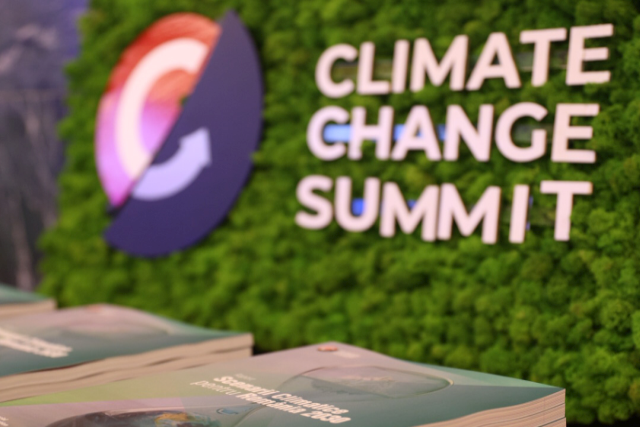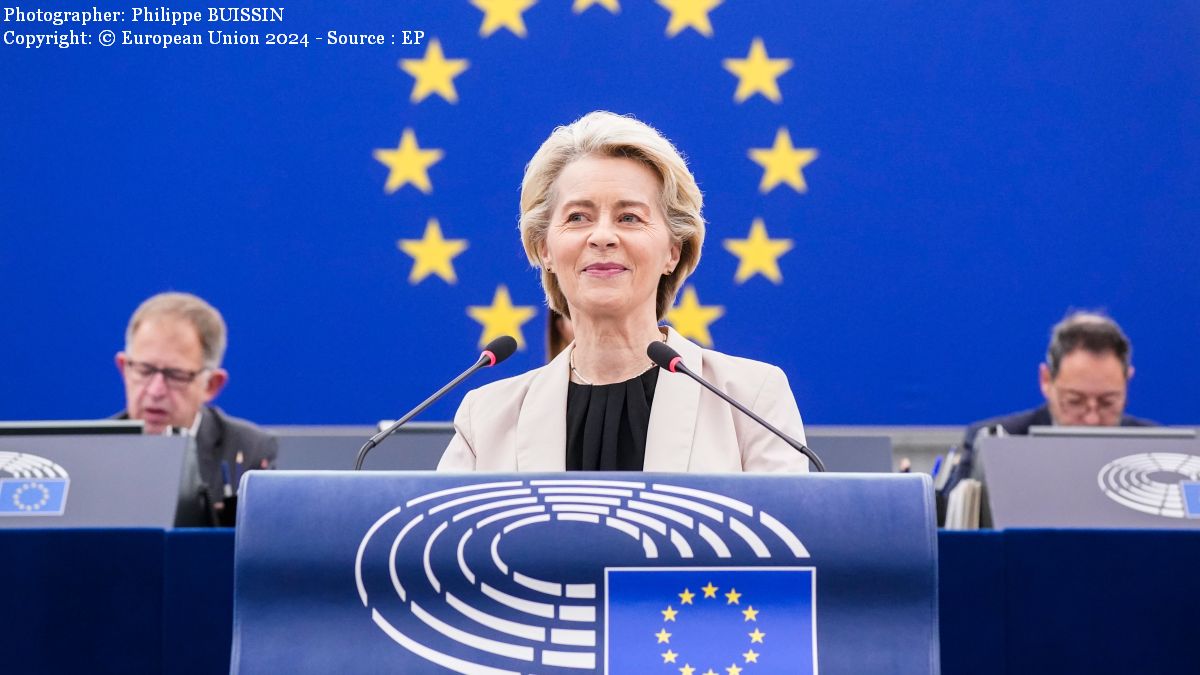Romania’s Vulnerability to Climate Change
The effects of climate change are increasingly obvious and acute

Corina Cristea, 02.11.2023, 00:59
The effects of climate change are increasingly obvious and acute, whether it is heat waves that leave their mark on health, the phenomenon of drought with a negative impact on the economy, or violent storms that destroy property and endanger people’s lives. The answer to these challenges materializes in measures to adapt to the new realities, but also to mitigate them, such as the reduction of greenhouse gas emissions. Part of the international climate transition processes, Romania is concerned with all these aspects and, together with its partners, is looking for solutions. Especially since the data is not encouraging.
At the end of another year with record temperatures, the country report on climate and development for Romania, developed by the World Bank and released in October, indicates that the country is very vulnerable to climate change risks, especially floods and drought. Invited to Radio Romania to discuss this topic, the journalist and agriculture specialist Cezar Gheorghe explained that the drought has a solution by segregating the areas, because not all areas in Romania need water, and where water is needed, irrigation systems must be built or restored. Then, he added, we have other opportunities :
We also have, let’s say, what was left to us by nature, namely the Carpathian arch, which can collect the waters that fall from the slopes throughout the winter in different collection basins, with these then being distributed, of course, to the plain areas. We also have the waste water from the cities, which can, in turn, be collected and redistributed to the plains. And, not lastly, why don’t we use this too, I know it’s about technology, I know it’s about a lot of money, but we can use the example of Israel, which effectively desalinates water. We have the Black Sea at our disposal and we can also feed Dobrogea, in turn.
Concerns are also directed towards ways to create more drought-resistant plants. Costel Vânătoru, the director of the Genetic and Plant Resources Bank from Buzău, the so-called Seed Bank, said:
We are talking about this phenomenon of climate change, a phenomenon that some understand, some do not, and believe that it does not exist, but it exists, as you can see – and we must take measures, and these measures have been signaled by specialists, not by us, but for 100 or so years. Constantin Garofid, 100 years ago, signaled the importance and the fact that at that time the agroforestry curtains were cut, so these curtains for the protection of crops, agroforestry. We have a law, for the last several years, which provides for the establishment of such agro-forestry curtains, and it is not applied. Then, of course, we didn’t consider having water reserves, creating water reserves, because when the drought occurs, of course, we need water and then we have no choice, we have to have water reserves. Then we have to rewrite plant culture technologies, and evaluate other species that are suitable to be introduced into crops. According to me, I think that we wrongly concentrated on the big crops: wheat, corn, sunflower, and even rapeseed, which as a rule we do not process in Romania. We should also develop a lot the horticultural sector in Romania, medicinal plants, aromatic plants, because wherever you turn in Romania, where there is a green space, you identify a useful plant in the spontaneous flora, a plant that can be used in food or to treat or prevent a disease. So we have this potential. But after 1990, agriculture was adrift, it did not reach a state of equilibrium, and we did not have the ability to develop long-term strategies, to implement them, to be able to create agricultural policies appropriate to the crop system in Romania, meaning large holdings, associations and even the cell, the family household. So, practically, we have not created best practices guidelines for the operation of all these production cells in Romanian agriculture.
The topic of climate change gathered over 90 Romanian and international speakers at the Climate Change Summit on October 19-20 in Bucharest, who shared solutions for a sustainable future in front of 1,700 participants. At the same time, 827 thousand viewers from all over the world watched the live broadcast on the Twitter account of the partner platform We Don’t Have Time. On this occasion, the Minister of Transport, Sorin Grindeanu said that extreme weather phenomena, but also wildfires, show the negative impact of climate change, a fact that also affects the infrastructure. He said that all countries must take measures for a transition to means of transportation that use electricity or other fuels from renewable sources. Here is Sorin Grindeanu:
Romania is fully engaged in the process of transportation decarbonisation. This further involves the development of a mix of fiscal incentives regarding fuel, traffic, and vehicle registration, also targeting the second-hand import market, together with regulatory action. Decarbonisation of the transport sector transport will also be based on the migration of road transportation to green systems, such as rail or sea.
The World Bank report estimates that if it implements measures to improve resilience to climate change and to reduce carbon emissions, Romania can increase its national income by almost three times in the next 30 years. The document emphasizes, at the same time, that the investments necessary for decarbonizing energy systems are estimated at 356 billion dollars until 2050, equivalent to approximately 3% of Romania’s GDP.





























